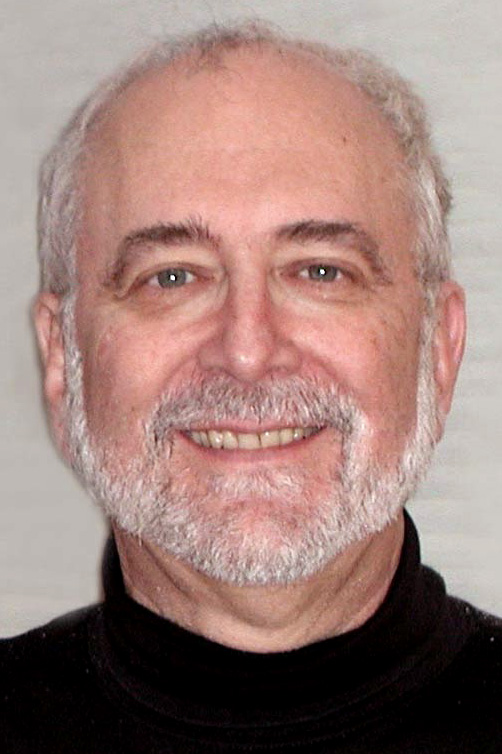


|
||
|
||
It has been a long time coming. In the world of global 5G security, there is only one principal forum. The somewhat cryptically named 3GPP SA3 is dedicated to 5G security and holding its 103rd meeting electronically next week from 17 to 28 May with 772 submitted documents and 189 participants registered.
SA3 meets every 60 days and exists at the security center of an ecosystem of numerous technical groups encompassing many hundreds of companies, industry organizations, and government agencies worldwide. 3GPP collectively brings together thousands of technical experts in a series of non-stop meetings. The 3GPP specifications issued in “releases” are effectively what everyone in the world must follow to place their products and services in the global mobile communication marketplace. The U.S. government and the National Security Agency—which once played a leading role in these international venues—have been noticeably missing. No more.
Not only did the NSA staff register as “U.S. National Security Agency” for SA3#103e, they submitted four contributions on critical 5G security requirements in the name of the Agency. Two of the contributions brought together other members of the U.S. national security community; two others added an array of companies and industry organizations. The submissions deal with the security of “network slices” in virtualized 5G networks and a remote attestation framework for virtual network functions, including AI analytics. They drill down on what is most important about 5G.
In the world of global network security, the NSA matters and speaks with stature and authority that has been well established for almost a hundred years. It was none other than the legendary William Friedman who appeared at the 1927 International Radiotelegraph Conference and presented a key document of its day—a report on the history of cryptographic codes and treaty-based obligations. Friedman’s experiences at the AEF signals intelligence headquarters in Chaumont during WW-1 working with French and British counterparts led to his subsequent U.S. and international leadership roles, ultimately in the formation of the NSA. The Agency in the 1980s would again, through its Information Assurance Directorate, play a public leadership role in seeking to establish internet cybersecurity through the SDNS initiative. It is now long past due for it to take a leadership seat at the global 5G security table.
Sponsored byDNIB.com

Sponsored byCSC

Sponsored byWhoisXML API

Sponsored byIPv4.Global

Sponsored byRadix

Sponsored byVerisign

Sponsored byVerisign
